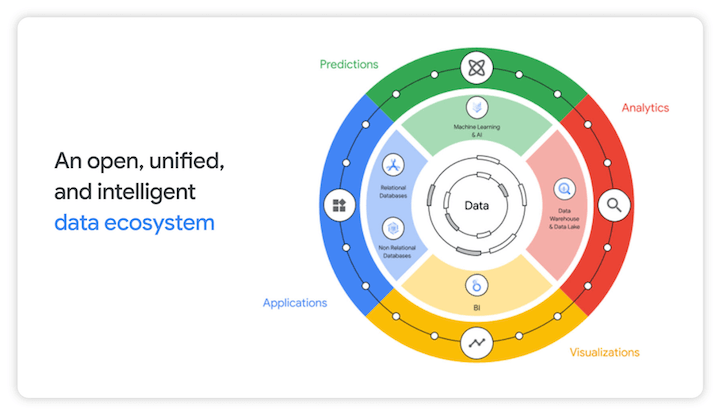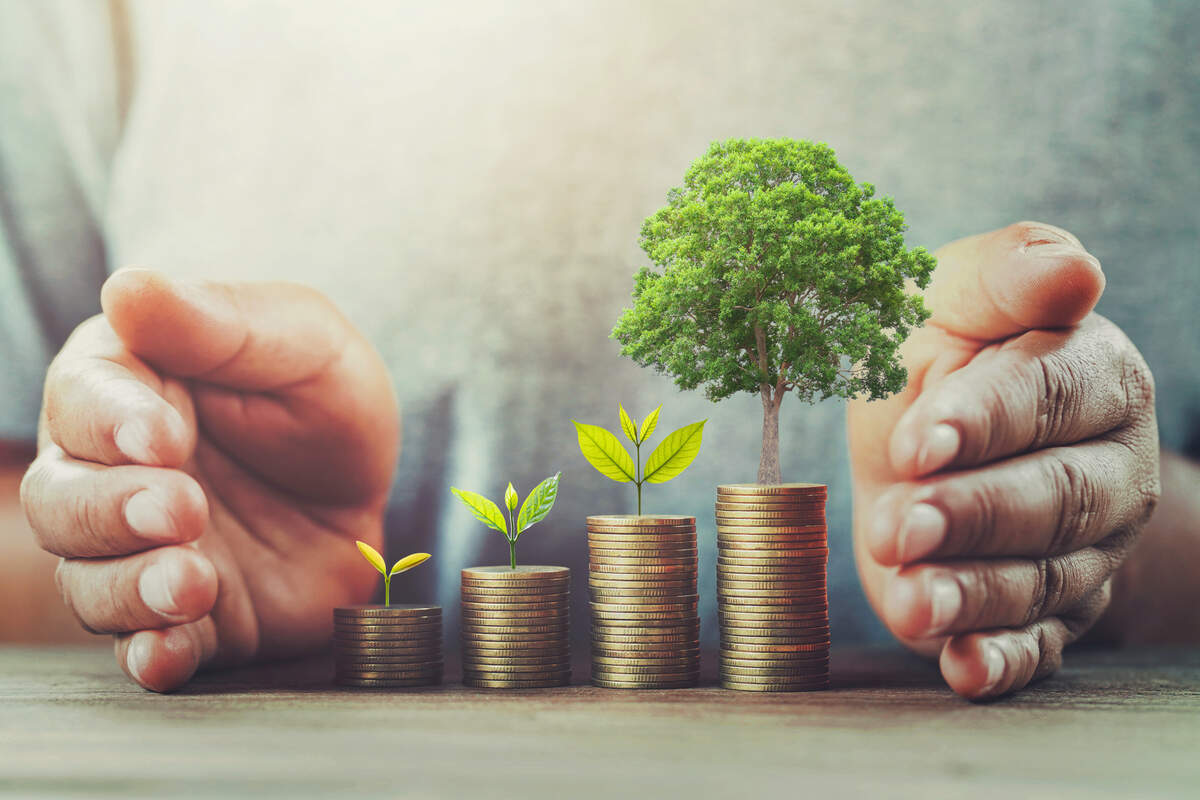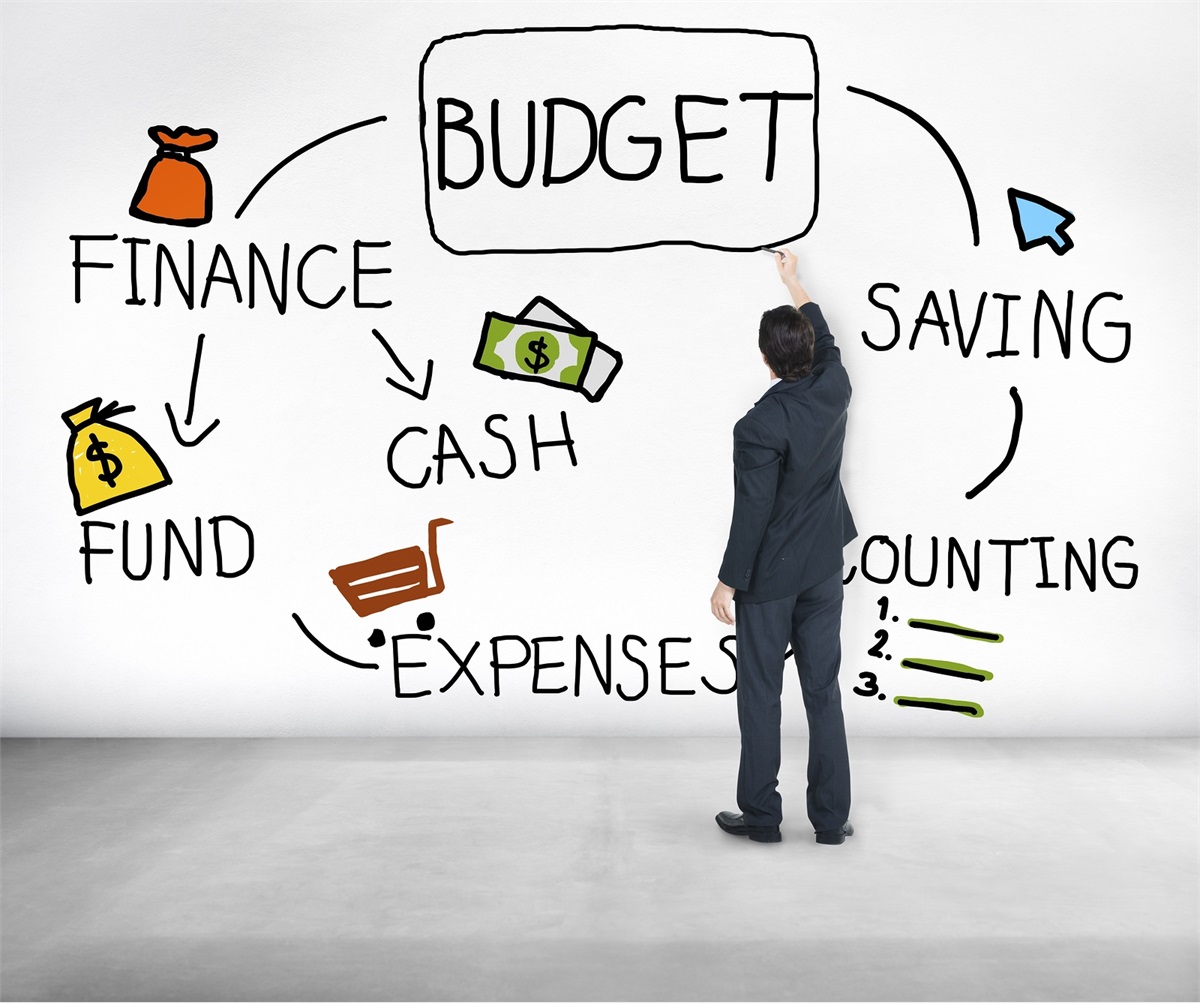GDP grows 0.4{ae9868201ea352e02dded42c9f03788806ac4deebecf3e725332939dc9b357ad} in Q3 after shrinking for two quarters, may fall in Q4: NSO
India’s gross domestic solution grew .four per cent in the period of time Oct-December 2020, demonstrating an uptick in growth soon after two quarters of extreme contraction, the National Statistical Business claimed on Friday. In the entire monetary yr, GDP is set to fall 8 per cent, versus an previously estimate of seven.seven per cent, the launch claimed.
This is a “reflection of more strengthening of V-formed recovery” that commenced in Q2 of 2020-21, primarily soon after a huge GDP contraction in Q1 thanks to the lockdown, the Ministry of Finance claimed in a launch.
However, the cheer may well not previous prolonged, as GDP is probably to fall one.one per cent in This autumn, if we triangulate the information offered for the first a few quarters with the annual estimate. A a lot more surprising simple fact is that even this probably contraction in This autumn demands a stagerring 29 per cent real growth in authorities expending. Expenditure by the authorities fell in Q2 and Q3 when the non-public company and informal sector in the economic climate was in the pandemic discomfort, the information displays.
This implies that economic recovery will be a delayed V-formed one, with some drag in direction of the previous quarter of FY21, irrespective of the huge expending thrust of above Rs four trillion announced in the Union Budget this yr.
Purchaser expending, which is the driving drive driving India’s economic climate as it occupies sixty per cent of the GDP pie, fell two.four per cent in Q3, refusing to recover, irrespective of the quarter falling in the festive time. Investments, on the other hand, have developed sharper than predicted, the information demonstrate. Just after a huge fall in Q1, real gross preset capital development recovered rapidly in Q2, and grew two.six per cent in Q3.
ALSO Examine: Q3 GDP: Accelerated vaccination is vital to sustaining growth momentum
“The resurgence of GFCF in Q3 was induced by central authorities capex which increased 129 per cent in Oct, 249 per cent in November and 62 per cent in December, 2020,” the finance ministry claimed. Capex induces a lot better consumption expending than standard earnings transfers, the ministry added.
Services were dealt a significant blow by the pandemic, as they are a lot more make contact with-intense, but their gross value added ha matched the preceding year’s degree in Q3. Producing grew in Q3, but feebly. In This autumn, the imputed calculation displays expert services catching up with producing in terms of the magnitude of real growth.
Gross value added in monetary expert services and real estate enhanced significantly in the third quarter, the information displays, clocking six.six per cent GVA growth in Q3. Likewise, construction action raced ahead, with its GVA increasing six.two per cent in the quarter ending December.
Design is one of the most important task providers in India’s economic climate, and its revival is very important for bringing the livelihoods of those homes who are the worst affected by the pandemic, back to standard.
Expense price in the economic climate is probably to enhance to 26.seven per cent of GDP in 2020-21, an advancement from the degree of 24.four per cent observed in the first progress estimate (FAE). Along the monetary yr, financial investment price enhanced from 20.six per cent of GDP in the most affected Q1 (lockdown), to 27.seven per cent in Q3. It is predicted to enhance to 29.five per cent of GDP in This autumn.
Now, GDP is nothing but the gross value added in the economic climate, furthermore the oblique taxes minus the subsidies. GVA growth is observed to be selecting up to two.five per cent in This autumn, when GDP is probably to fall.
“This may well be an unintended consequence of the back-finished launch in the government’s subsidies,” Aditi Nayar, principal economist at ICRA, claimed in a notice.
The imputed fall in GDP in This autumn may well get arrested soon after revisions in the quarterly GDP information.
“Data for Q1 and Q2 have gone through variations, which propose that the compression was sharper than predicted previously, as is the recovery. As This autumn information for equally FY19 and FY20 will bear revision, the economic climate is predicted to continue to demonstrate good growth in 4QFY21 soon after revision,” claimed Sunil Kumar Sinha, principal economist at India Scores.
The NSO’s SAE also displays that nominal GDP will fall three.8 per cent in FY21. This likely can take the higher inflation in the second fifty percent of FY21 into account. Although the deflator in the FAE stood at three.five per cent, it has risen to four.two per cent in the SAE.






